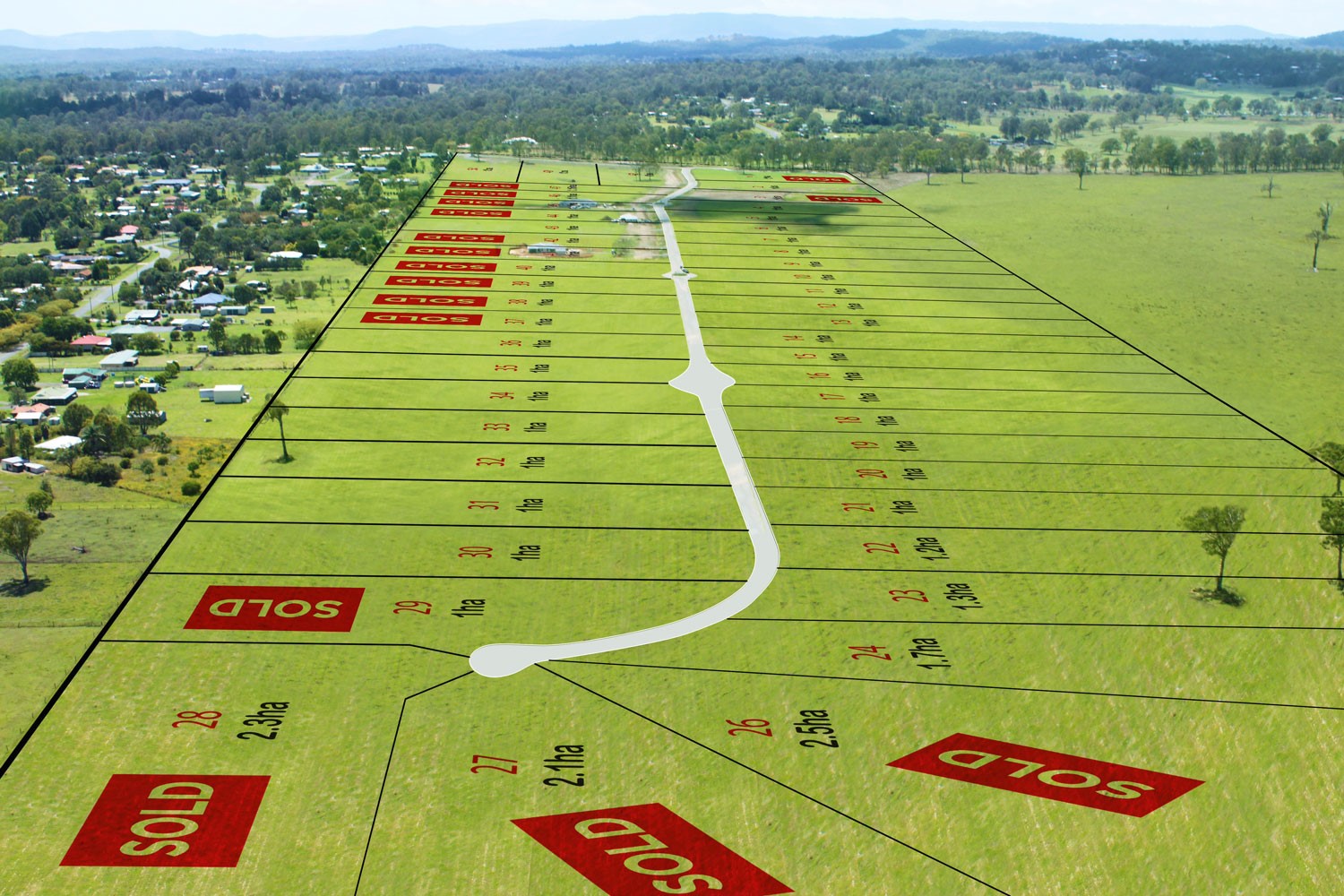
How to Subdivide Land: A Comprehensive Guide
Land subdivision refers to the process of dividing a large parcel of land into smaller, individual lots. This can be done for various reasons, including residential, commercial, or industrial development, creating new building lots, or maximizing land use. Subdividing land requires careful planning, compliance with regulations, and adherence to specific procedures to ensure a successful subdivision.
Subdivision Process: Step-by-Step Guide
The subdivision process involves several key steps. Here’s a step-by-step guide to help you navigate through the process:
Step 1 – Feasibility Study and Planning
Before proceeding with the subdivision, conduct a feasibility study to assess the viability of the project. This involves considering factors such as zoning regulations, infrastructure requirements, market demand, and potential costs involved. Develop a comprehensive plan that outlines the proposed subdivision layout and design.
Step 2 – Engage Professionals
To ensure a smooth process, engage professionals such as surveyors, town planners, and conveyancers. They will assist you in understanding the legal and technical aspects of subdivision, obtaining necessary permits and approvals, and ensuring compliance with relevant regulations.
Step 3 – Survey and Subdivision Design
A licensed surveyor will survey the land and create a subdivision plan, which outlines the proposed lots, boundaries, and any easements or restrictions. The subdivision design should consider factors such as access, infrastructure connections, and future development potential.
Step 4 – Development Application and Approval
Submit a development application to the local council or relevant authority. The application will include the subdivision plan, supporting documents, and any required fees. The council will review the application, assess its compliance with regulations, and issue approvals or request modifications if necessary.
Step 5 – Infrastructure and Services
Ensure that necessary infrastructure and services, such as roads, drainage, water, and electricity, are in place or planned for the subdivided lots. This may involve coordinating with utility providers and meeting specific requirements set by the authorities.
Step 6 – Compliance and Conditions
Upon approval, comply with any conditions set by the council or authorities. This may include meeting infrastructure standards, obtaining clearances, and complying with environmental or heritage requirements.
Step 7 – Lodgment and Plan Registration
Once all requirements are met, the final subdivision plan is lodged for registration at the relevant land titles office. Upon registration, individual titles for the subdivided lots are issued, confirming their legal status and ownership.
Factors to Consider Before Subdividing Land
Before embarking on a land subdivision project, consider the following factors:
Zoning and Regulations
Understand the zoning regulations and planning schemes applicable to the land. Determine the minimum lot sizes, setbacks, and any other requirements or restrictions imposed by the local council or relevant authorities.
Market Demand and Feasibility
Assess the demand for the type of lots you plan to create through subdivision. Conduct a market analysis to understand the potential buyers or tenants, competition, and financial feasibility of the project.
Infrastructure and Services
Evaluate the availability and capacity of infrastructure and services in the area. Consider factors such as road access, water supply, sewage systems, and electricity connections. Assess the costs and feasibility of providing or upgrading infrastructure if needed.
Environmental Considerations
Take into account any environmental factors that may impact the subdivision, such as protected vegetation, water bodies, or heritage sites. Understand the environmental regulations and obtain necessary approvals or permits.
Benefits and Opportunities of Land Subdivision
Land subdivision offers various benefits and opportunities:
- Increased Property Value: Subdividing land and creating individual lots can significantly increase the value of the property, providing a higher return on investment.
- Development Potential: Subdivision opens up opportunities for residential or commercial development, allowing for the construction of new homes, buildings, or businesses.
- Flexibility in Land Use: Subdividing land provides flexibility in land use, allowing for mixed-use developments, such as residential and commercial spaces in the same area.
- Profit Generation: Subdivided lots can be sold individually, generating profits or rental income. This can be a lucrative long-term investment strategy.
Crown Land in Queensland: Explained
Crown land in Queensland refers to land owned and managed by the state government. It includes various types of land, such as national parks, reserves, forests, and other public lands. Crown land is subject to specific regulations and restrictions, and any subdivision or use of crown land requires approvals and permits from the relevant government agencies.
Understanding Freehold Land in Queensland
Freehold land in Queensland refers to land that is privately owned. The owner has full control and ownership rights over the land, including the right to subdivide, develop, and transfer ownership. Subdividing freehold land follows the general subdivision process, complying with relevant regulations and obtaining necessary approvals from local councils and authorities.
Frequently Asked Questions (FAQs)
- Can I subdivide any piece of land? Not all land can be subdivided. The subdivision potential depends on factors such as zoning regulations, lot size requirements, infrastructure availability, and environmental considerations.
- How long does the land subdivision process take? The duration of the land subdivision process can vary depending on factors such as the complexity of the project, the efficiency of approvals, and any potential challenges encountered. It can range from several months to a year or more.
- Do I need professional assistance for land subdivision? Engaging professionals such as surveyors, town planners, and conveyancers is highly recommended for a successful land subdivision. They have the expertise to guide you through the process and ensure compliance with regulations.
- Are there costs involved in land subdivision? Yes, land subdivision incurs costs such as surveying fees, application fees, infrastructure development costs, and professional fees. It is essential to budget for these expenses during the planning phase.
- Can I subdivide land for different purposes? Yes, land can be subdivided for various purposes, including residential, commercial, or industrial development, as long as it complies with zoning regulations and other relevant requirements.
Subdividing land can be a complex process, but with proper planning, professional assistance, and adherence to regulations, it offers opportunities for development, increased property value, and flexibility in land use. Understanding the steps involved, considering key factors, and complying with local regulations are crucial for a successful land subdivision project. Whether you’re considering subdividing freehold land or navigating the regulations surrounding crown land in Queensland, careful planning and expert guidance will help you achieve your objectives.
THis is general advice only, for specific legal advice, speak with your expert legal representative or appropriate professional.




